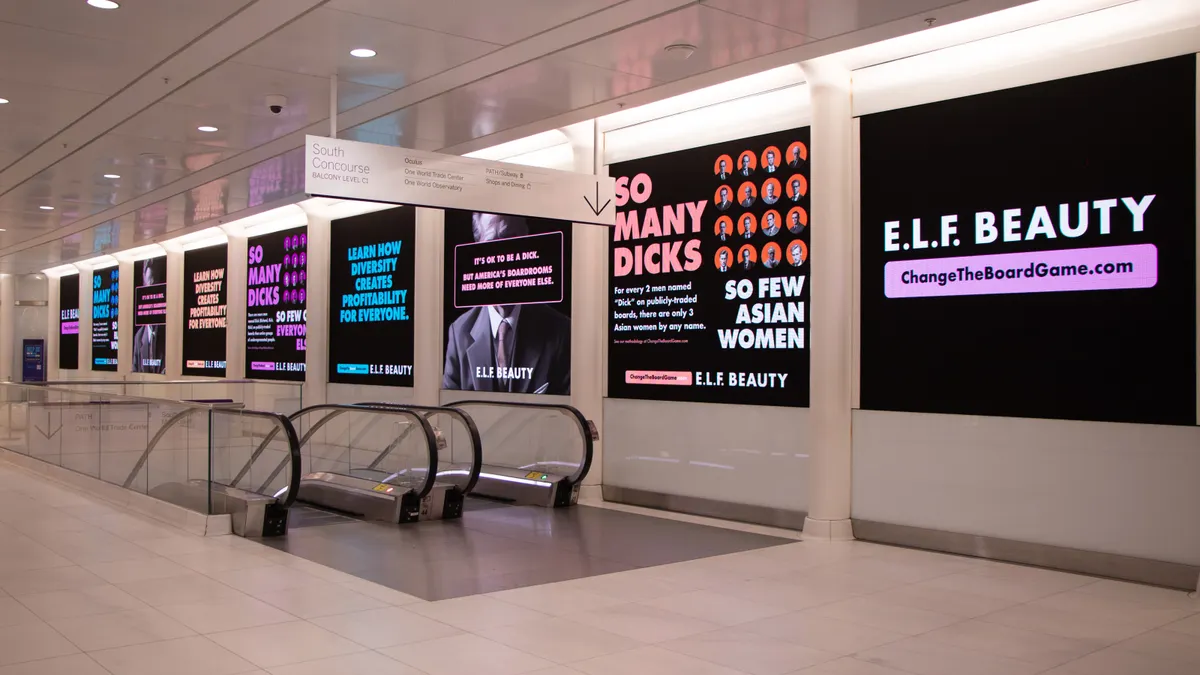Brief:
-
Snapchat and Facebook-owned Instagram have more room to increase their ad load without annoying younger viewers, according to a survey by Forrester Research. Only 11% of people age 12 to 17 said Instagram and Snapchat have too many ads, compared with 26% for Facebook, the biggest social network with more than 2 billion people.
-
But Facebook still has room to insert more midroll ads within videos without alienating users, especially in comparison with YouTube, Google’s video-sharing site. Thirty-nine percent of YouTube viewers say the service has “too many ads,” the survey found. But that perception of too many ads hasn’t stopped YouTube from being the most popular video site. The share of U.S. youth using YouTube once a day or more is 22 percentage points higher than the next most used service.
-
Forrester estimates that global social advertising spending will expand at an 18.2% compound annual growth rate over the next five years.
Insight:
There have been some signs that social media advertising is maturing beyond its early quick-growth period but Forrester's survey suggests the growth isn't likely to come to standstill anytime soon. In July, Facebook said its ad growth dropped to 51% in Q1 compared to 57% over the same period a year ago while reports indicate ad spending has continued to decline in Q2.
However, Forrester’s survey supports the idea that social-media advertising has more room to grow — especially for video spots — as younger viewers shift their viewing habits toward mobile devices. Snapchat, Pinterest and Twitter have expanded or initiated video ad sales this year, and have a lot of room to grow before they annoy their teenage users with ads as much as Google’s YouTube does, Forrester’s survey suggests.
Google and Facebook are looking to solidify their grip on the digital ad market as it transitions to video, distancing themselves even further from Snapchat, Pinterest and Twitter that have smaller audiences and more limited growth prospects. In addition to its website and mobile app, Google’s YouTube has services such as paid streaming content and a live TV package. Facebook, whose online bulletin-board technology is vastly inferior to Google’s search capabilities, is staking its future on video content in an effort to keep people engaged on its platform while luring bigger dollars from major brand advertisers. Just this week, Facebook's anticipated Watch tab began appearing, giving users the ability to watch original programming from a variety of publishers and entertainment companies.
Importantly, video advertising growth will require improved measurement tools to overcome skepticism from major brands that have sophisticated methods to track ROI.











